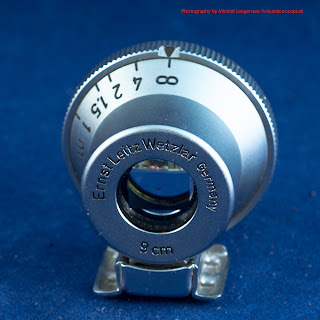The Minox 35 GL followed the Minox 35 EL in Minox's
successful range of 35mm compact cameras, reputedly the smallest
full-frame 35mm cameras ever made.
The lens retracts into the camera body when
closed, fully opening the cover activates the battery. Different models in the Minox 35
range were identified by shutter release buttons in differing colours: the GL
is quickly identified by its orange shutter release button.
Specifications
Value
Specifications
Value

















































